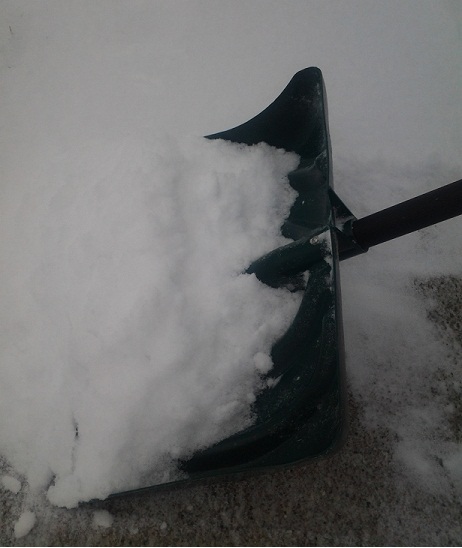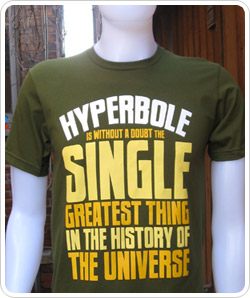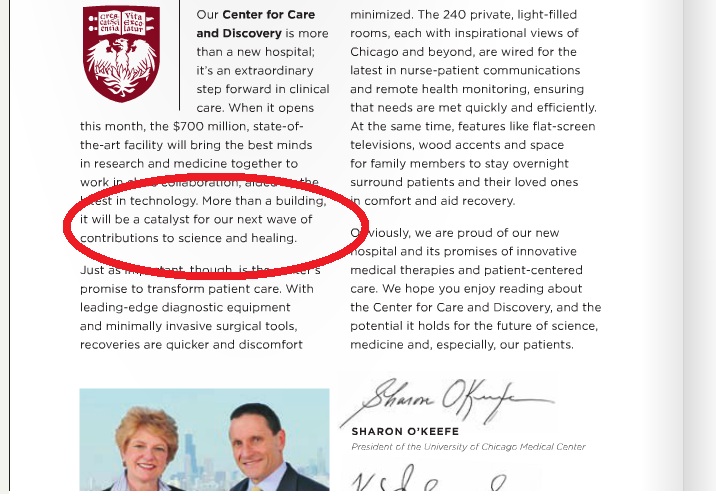Falling snow can bring all kinds of thoughts to mind: Grandma’s hot apple cider, Saturday morning sledding or tackle football at recess in 4th grade.
Snow always makes me think of opportunity.
You can go to bed on a clear night and wake up with a foot of fresh snow on the ground. Suddenly everyone has an urgent need. Cities and towns that aren’t prepared for it shut down altogether. (No chance of that happening here in Chitown!)
But those who are ready with shovels, plows and rock salt can become neighborhood heroes. Some build businesses specifically for times like these.
My shovel saw action for only the second time this winter on Friday. In honor of my poor, neglected tool, I’m going to contort Quote of the Week 65 as follows:
“If a man can make a better snow shovel, the world will make a beaten path to his door.” (On his freshly shoveled sidewalk, no less.)
As you probably noticed, this statement is no truer than Emerson’s quote about mousetraps.
Here are a few things to think about. No matter how good your shovel is
- People who live on tropical islands aren’t going to buy from you. Inhabitants of desert-like climates will never be your customers
- Many people will purchase a snow blower instead of your shovel
- Those who don’t have sidewalks or driveways won’t be very interested in buying from you
… regardless of how strong your marketing is.
Are you concentrating on creating shovel innovations? Or are you focused on helping people handle their snow problems?
Which do you think is the better path to take?
The only thing that compels people to buy snow shovels is snow. The only people that buy snow shovels are people who know they have or will have snow piling up in their yards.



